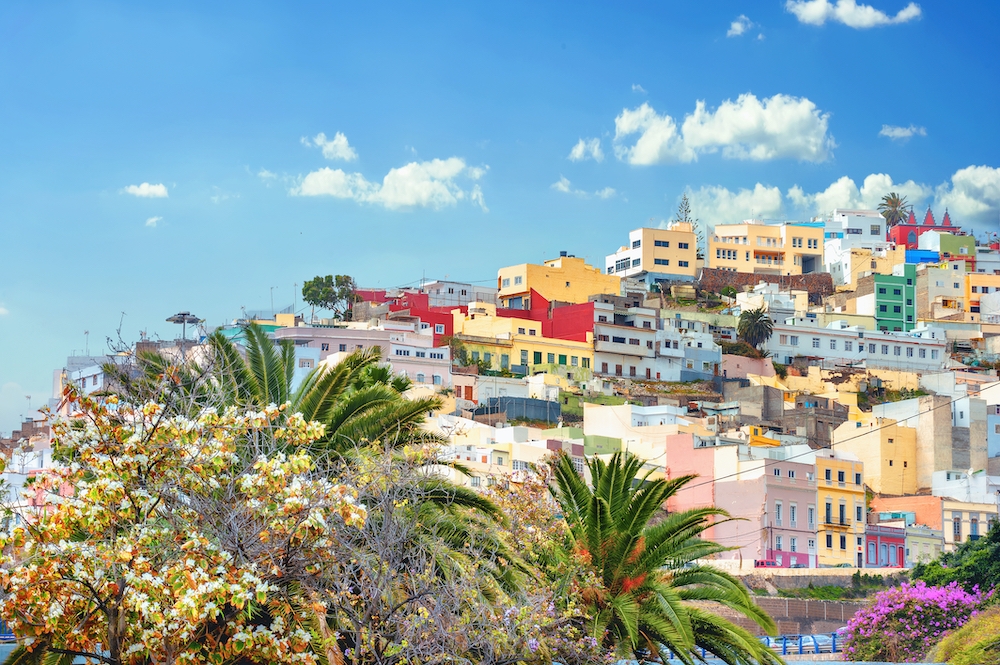Fred. Olsen Cruise Lines combines quality cruise experiences with customer-friendly value. They’ve plied the waves for 175 years, and are still going as strong today as their first day at sea.
Offering a stylish & understated style of traditional cruising, the line prides itself on its Signature Experience programme- helping passengers to gain an in-depth understanding of their destinations.
Ideal for passengers seeking a laid-back cruise, with an informal and friendly atmosphere aboard.



















Balmoral is the smallest ship in our fleet and is well-loved by all of our teams, and long-standing guests. She has wonderful facilities - six beautiful restaurants, seven bars and lounges, two pools and lovely wide open decks which are perfect for when Balmoral is scenic cruising.









